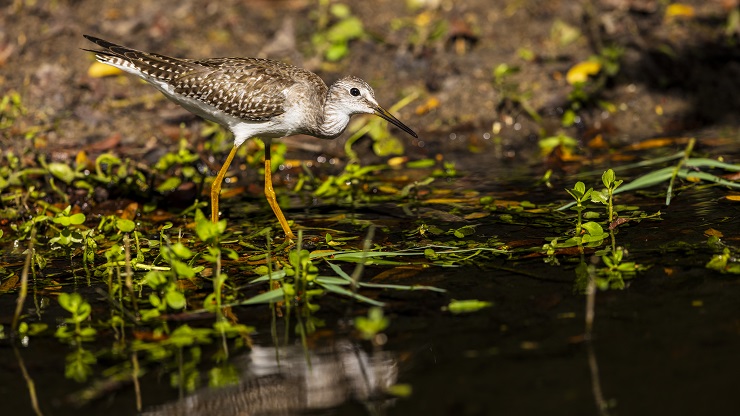
If you know me, then you are well aware of how much I love shorebirds. Even when writing my book with all ardent efforts to remain unbiased; the section on Sandpipers & Allies was by far the longest – surpassing mega-families like Thraupidae and Tyrannidae. There is something – many things in fact – about members of this family that have not only taken a hold of me, but it almost feels as if they have taken root within my own being.
See, being in tune with the migration of tiny, globe-trotting birds feels like a secret window to a life so grand we may have to each live several times to begin to fathom it. How can something so miniscule bust out of an opaque egg and immediately commence the preparation for a thousand-mile journey – that is often made without any adult accompaniment – is completely beyond this human’s understanding. I, like many of you I’m sure, spent many years helpless; I was well into my teens before I was allowed to stay at home by myself, far less go anywhere!
Anyway, I digress. Such is life with me when I have shorebirds – or shorbs, or shorbies, or a random unintelligible noise when I see them fluff their feathers – on my mind. Suffice to say I am thrilled to be seeing them again.
A couple days ago I paid a visit to (what was) a wetland in southwest Tobago. Presently, the birds spend their time feeding in the manmade drainage system within what is now designated to be some kind of “gated community” in a few years. I’m hoping it doesn’t come to pass, as there is little done to regulate things like chemical usage and so on in T&T. Many of the smaller species of shorebirds (such as the already endangered – technically Near Threatened – Semipalmated Sandpiper) feed on biofilm and are tremendously susceptible to toxic chemicals. Others feed on small invertebrates and fish – of which there still is a bounty within these drains. For now, it remains one of the go-to locations on the island to observe migratory shorebirds.
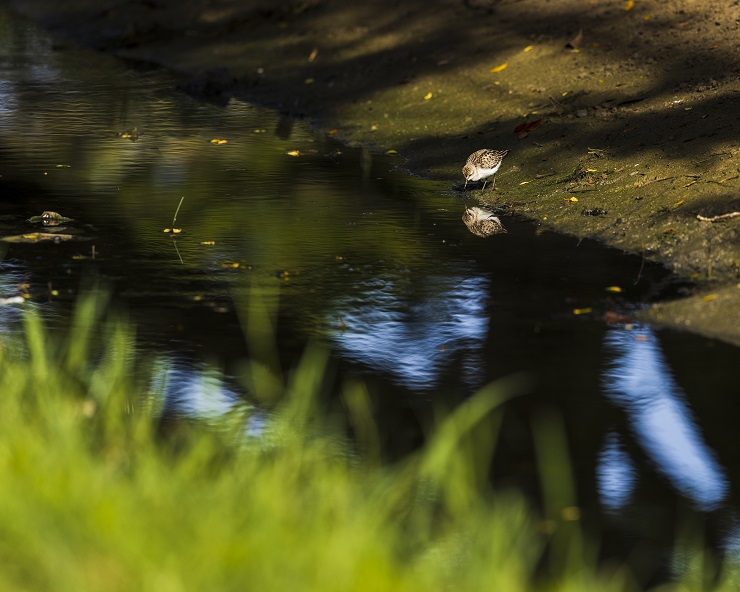
A Semipalmated Sandpiper feeds at the water’s edge.
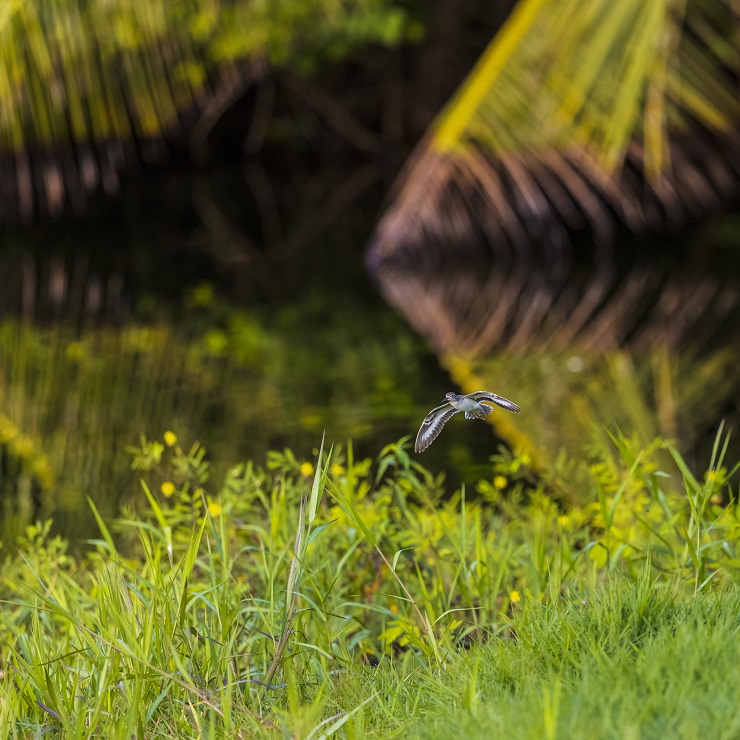
Spotted Sandpipers are some of the most commonly seen shorebirds in T&T, not really because of their absolute number but more so due to their prevalence in various habitats near to water.
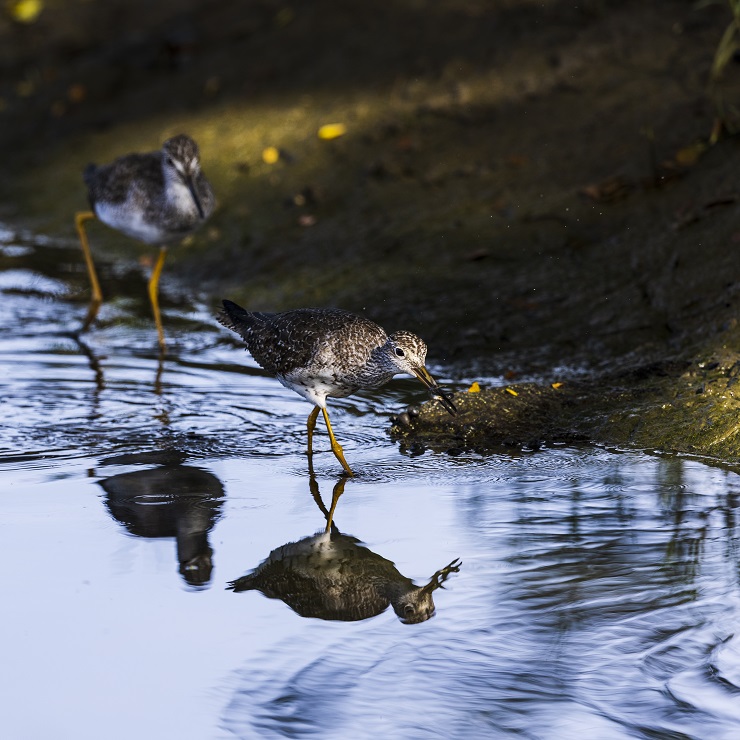
A Greater Yellowlegs is pursued by another after having nabbed a small fish.

Lesser Yellowlegs can easily be confused with the aforementioned species except when they are standing next to each other.
Typically birds of the coast, it was a bit odd to see several Willets in this location. One of these seemed to be friends with the lone Whimbrel present – the two were inseparable. Honestly it was comical to see both birds feed together, get flushed together, fly together – it really got me thinking about what has been their history, and how much of it was shared by these two individuals. Did they travel together? Were they hatched near to each other? Did one provide some assistance to the other in its time of need? I observed them for some time, left and returned, and they were still together. When they shifted location, they did so together. Something else shorebird-related to keep me up at night.
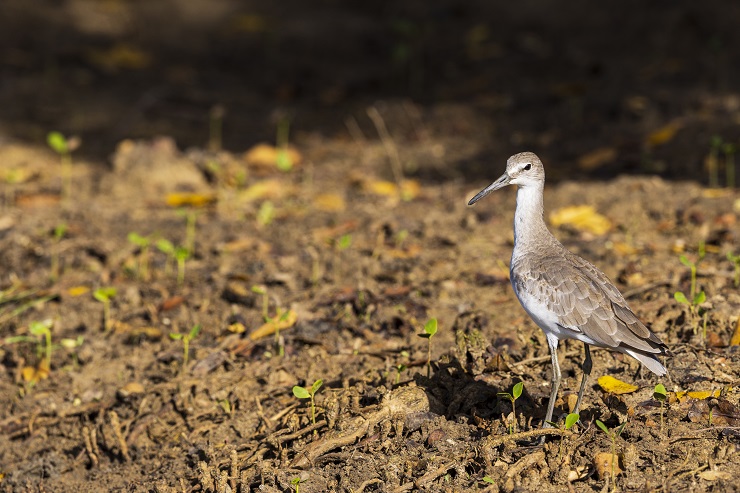
Willet
There was also a Least Sandpiper on the road that I didn’t photograph, as well as a Pectoral Sandpiper I opted to not photograph as it wasn’t in the best of settings. I went to turn the vehicle around, and by the time I returned, it was gone.
You can view the full list of that short morning session here.
Yesterday I spent a couple hours at another location on Tobago with more Spotted Sandpipers, some Semipalmated Plovers, and arguably one of my favourite shorebirds of all – a White-rumped Sandpiper. I’ll spare you the details as to why I love it so much. This post would go on forever!
What shorebirds have you been seeing as they travel southward?













Leave a Comment